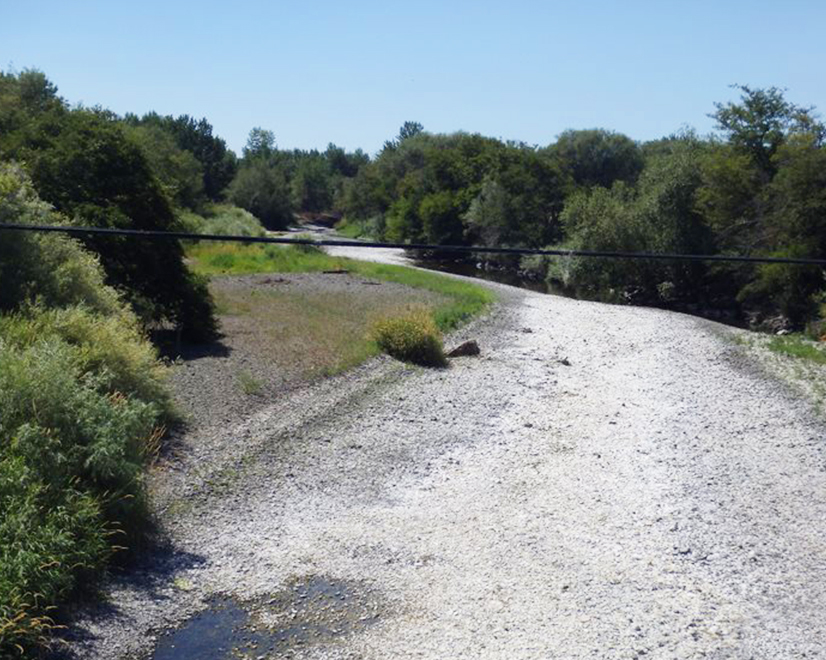
This summer’s climate change-related drought caught Washington government officials woefully unprepared.
For example, the state had $6.72 million set aside to deal with the 2015 drought; $1.63 million allocated for the state’s 2019 drought; and a mere $750,000 available for this year’s drought.
“We were caught off guard,” state Sen. Judy Warnick (R), chair of the Joint Legislative Committee on Water Supply During Drought, said Monday during a meeting of the committee.
The joint committee only meets during years in which a drought is declared by the state government. This year’s legislative session ended in March, and Gov. Jay Inslee did not issue a drought declaration until mid-July, blaming climate change for the dearth of water. Warnick said that weather conditions and forecasts in March did not predict a summer drought.
The joint committee held its first meeting Monday and was briefed by state climatology, financial and ecology officials.
Dave Christensen, policy and program manager for the Washington Department of Ecology Water Resources Program, said his agency did not expect the high temperatures that occurred this spring and summer, which is why it did not request drought-related allocations during the January-to-March legislative session.
The state has no designated sources from which to collect money for drought funding, said Jim Cahill, senior budget assistant to the governor for natural resources.
The declaration will speed up processing for emergency drought permits and allow temporary transfers of water rights. Washington’s available water supplies are expected to be 75% less than normal.
The cities of Seattle, Tacoma and Everett are not included in the drought emergency because they have significant amounts of stored water.
The easternmost quarter of the state is undergoing drought conditions that normally show up once or twice every 100 years, said Karin Bumbaco, assistant state climatologist.
The state does not expect enough precipitation in 2022 to make up for the 2021 shortfalls.
The committee plans to meet again soon but has not set an agenda. “We need to digest this information we received today and decide what to do to move forward with this,” said Rep. Mike Chapman (D), committee vice chair.

